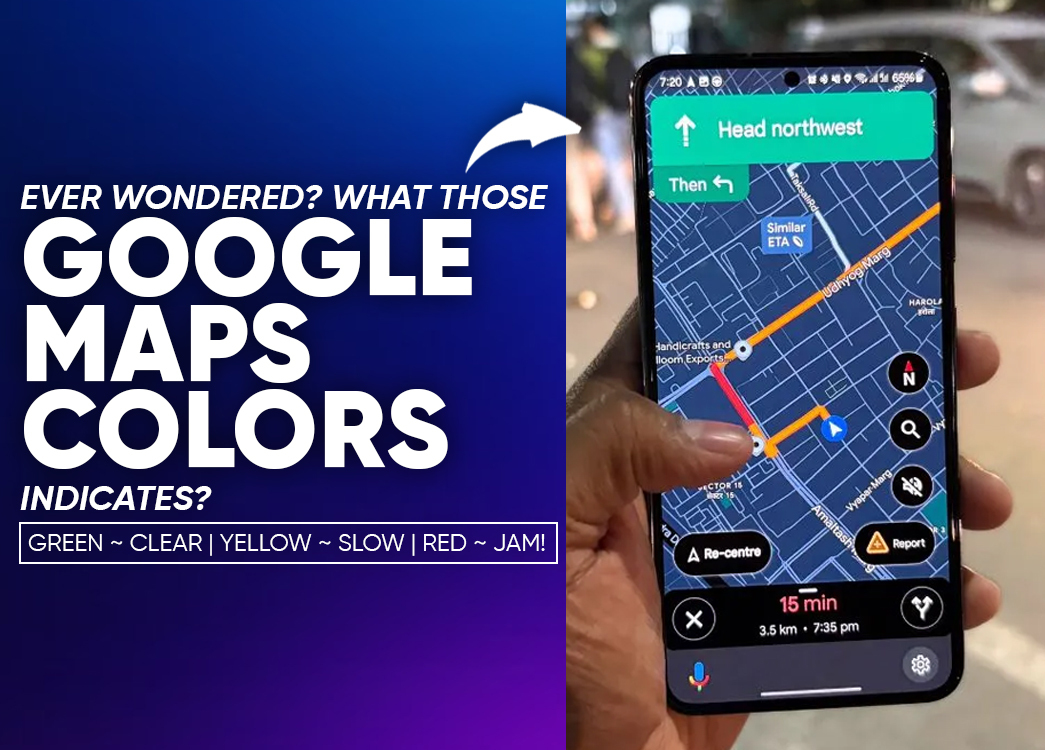
By creckk On 23-08-2025 at 11:07 am
Google Maps Colors Explained: What Green, Yellow, Red & More Really Mean
What Do All the Colors on Google Maps Mean?
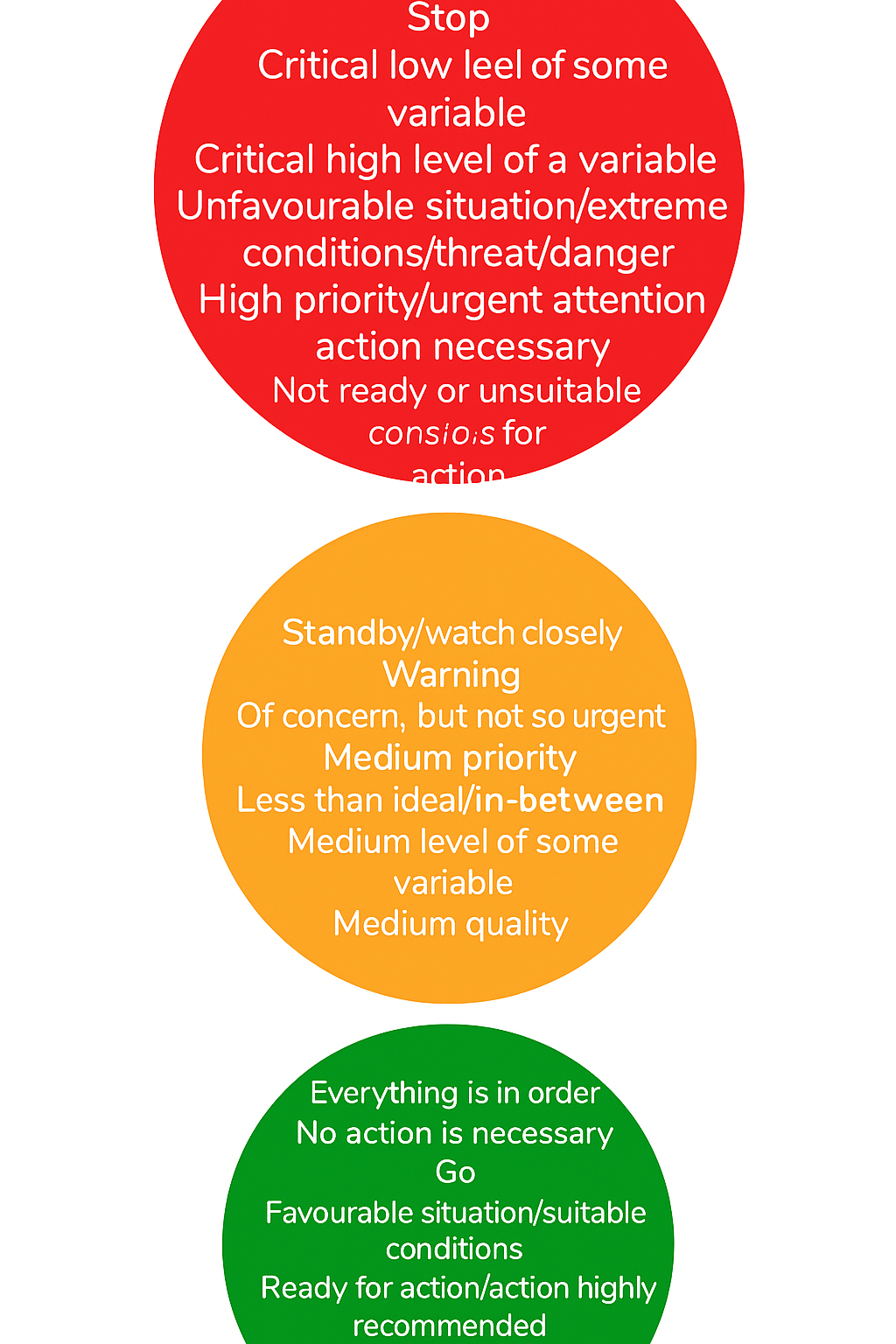
Google Maps is more than just a navigation tool it’s a visual guide that uses colors to help you understand roads, buildings, nature, and traffic conditions instantly. But have you ever wondered what each color actually means? Let’s break it down.
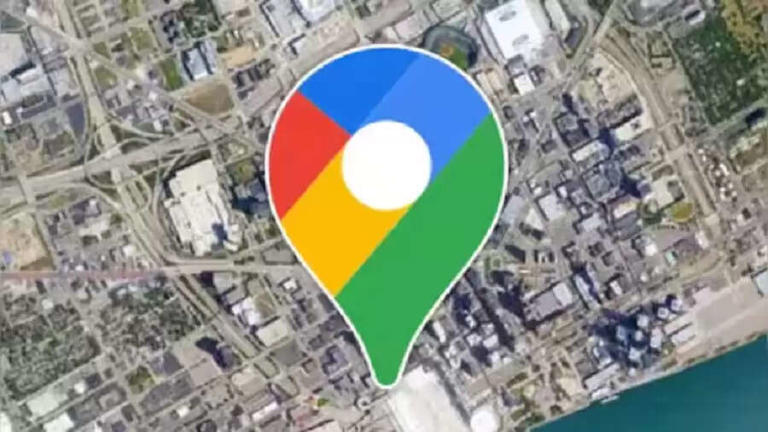
Roads, Railways, and Underground Tunnels
Gray: Represents roads, highways, railways, and underground tunnels. Roads are shown in light gray, highways in darker gray with dotted white lines. Railroads appear as thin gray lines with dashes resembling cross-ties. Underground tunnels are marked with gray cross-hatch shading.
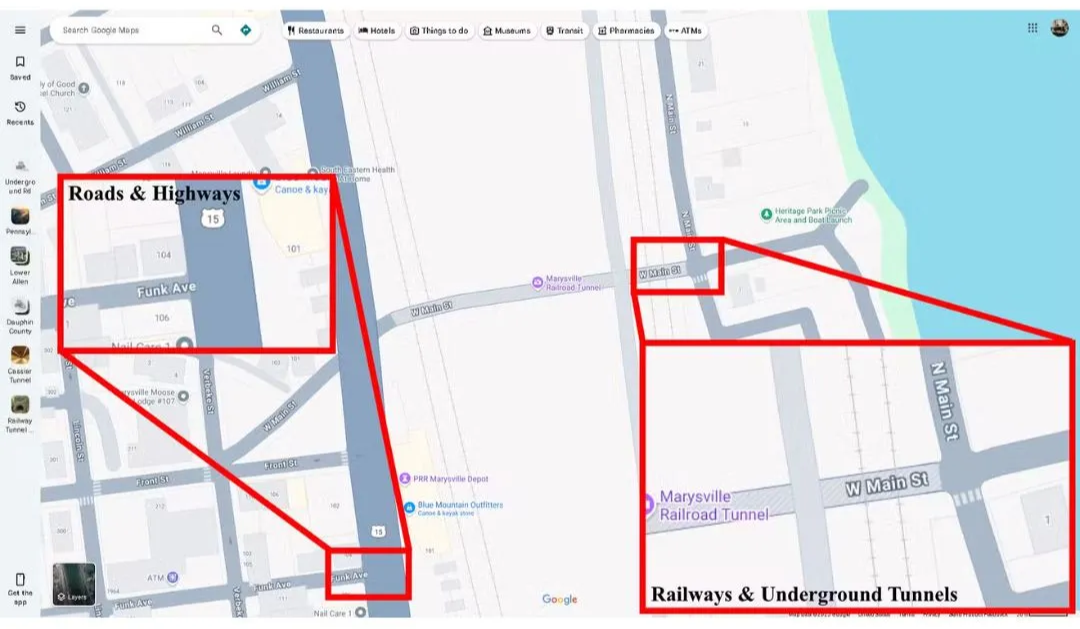
Green Lines: When you enable Biking mode, green lines appear. Dark solid green means dedicated bike trails, dotted green shows bicycle-friendly roads, light green indicates lanes, and dark green dashes represent dirt trails.
Buildings
Light Gray: Used for residential or non-commercial buildings like homes, healthcare centers, and retirement homes. Airports, industrial areas, and universities may also appear dark gray.
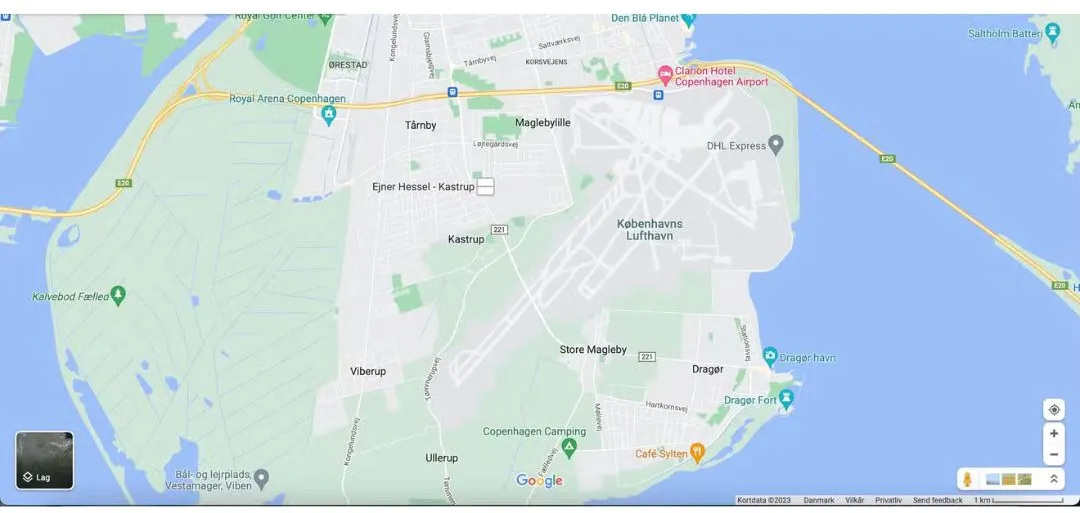
Light Tan: Represents commercial areas like downtowns, shopping centers, offices, and some hospitals. Cities are divided between gray (residential) and tan (commercial) regions.
Special Cases: Military bases also appear in gray. Large institutions like universities may show mixed colors tan for some buildings and gray for others.
Nature and Parks
Dark Tan: Public beaches are marked with dark tan.
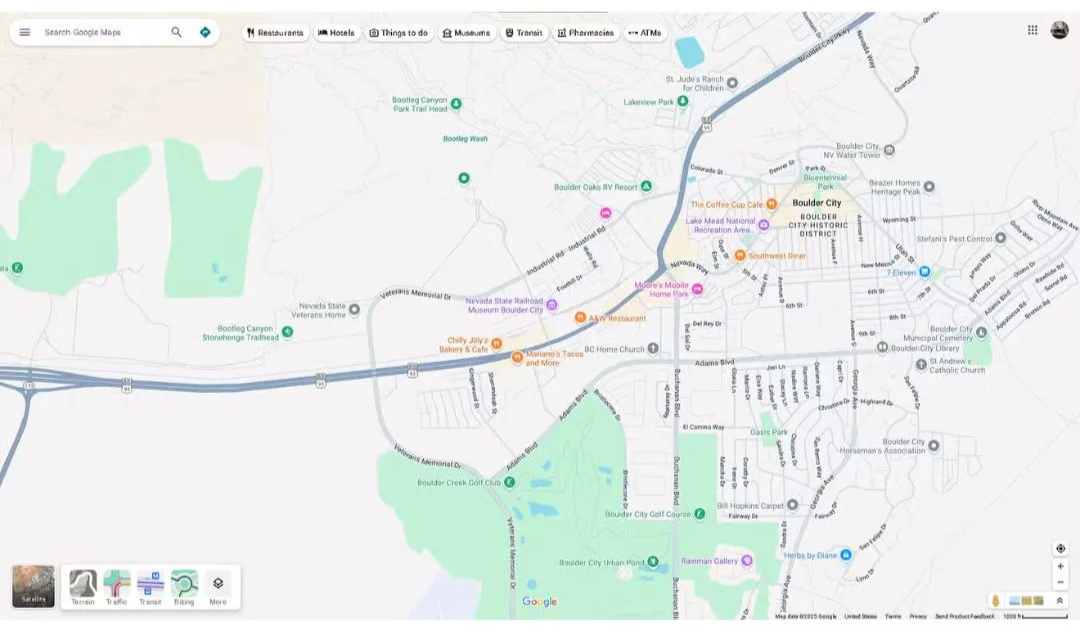
Blue: Represents water oceans, lakes, rivers. Lakes are blobs of blue, while rivers appear as thin blue lines.
Brown: Different shades of brown show deserts, mountains, or national parks. This is called the “natural sand/shrub” color.
Green: Forests, recreational parks, and sometimes national parks are displayed in green.
Traffic Colors (Live Layer)
Green: Roads are clear with no traffic delays.
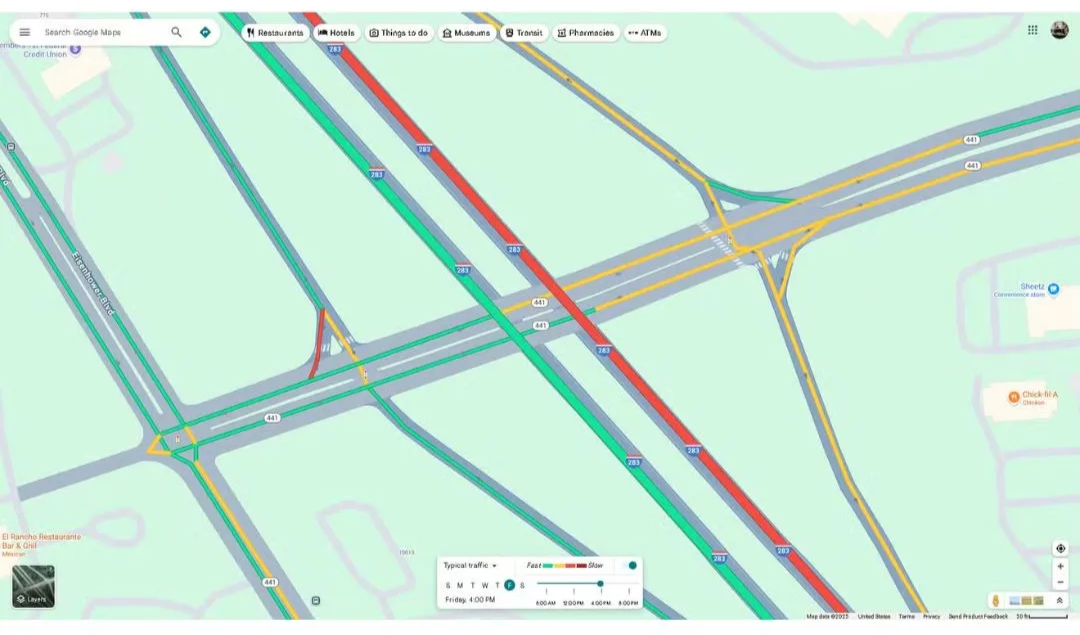
Yellow: Moderate traffic slower but moving steadily.
Red: Heavy traffic, delays due to congestion, accidents, or construction. Dark red means severe jams.
Blue: Appears when you set a destination this is the most optimal route considering traffic.
Do You Know the Meaning of Google Maps’ Colorful Lines?
These days, whenever we need to go somewhere, instead of asking for directions, we simply open Google Maps. Whether it’s visiting a friend, finding a café, or checking office traffic Maps guides us everywhere. But have you noticed those different colored lines? They aren’t decoration they give you real-time info about roads and traffic.
If you understand them, your travel becomes smoother and smarter.
Every Color Has Its Own Meaning
Green: Smooth traffic. No delays.
Yellow/Orange: Light to moderate traffic. Slightly slow but moving.
Red: Heavy traffic. Dark red means severe jams.
Blue: Main recommended route to your destination.
Purple: Alternative route. May be longer or slightly crowded.
Brown: Shows mountainous or hilly terrain, useful for trekking or high-altitude drives.
Why Understanding These Colors is Important
Millions use Google Maps daily but many don’t know what these colors mean. This can cause delays or unnecessary stress. By learning them, you save time, avoid jams, and make your journey easier.
Conclusion
Google Maps is your digital travel companion. The colorful lines and shades aren’t random they’re guides to help you make better choices. From avoiding traffic to spotting landscapes, knowing what the colors mean makes you a smarter traveler.
FAQs on Google Maps Colors
Q1: What does the green line on Google Maps mean?
It means smooth traffic. Drive without delays.
Q2: What does yellow or orange on the road indicate?
Moderate traffic slower, but moving.
Q3: What does red or dark red show?
Red = heavy traffic. Dark red = severe congestion or a jam.
Q4: What does the blue line mean?
The blue line is Google’s best route suggestion.
Q5: What does the purple route mean?
It’s an alternate path, usually longer or slightly more congested.
Q6: What does the brown color represent?
Brown shading marks mountain or hilly areas.
Q7: Why is it important to know these colors?
It saves time, reduces stress, and makes your travel smarter and more comfortable.
Related posts









